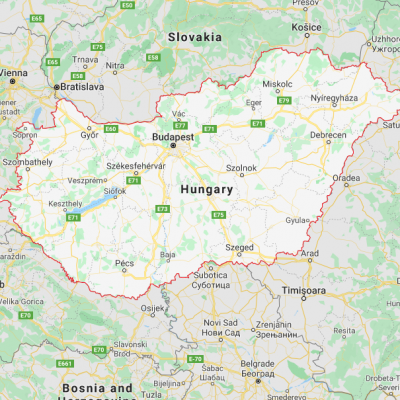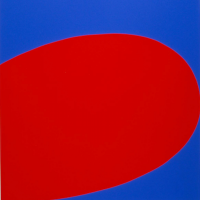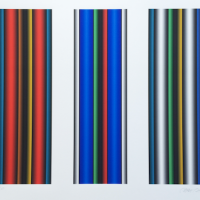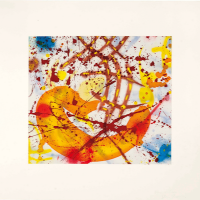
Hungary
Hungary's contemporary art scene is a captivating blend of history and modernity, encapsulating the nation's unique cultural evolution. Key venues such as the Ludwig Museum in Budapest and the MODEM Centre for Modern and Contemporary Arts in Debrecen celebrate this balance. Artists like El Kazovsky, remembered for his surrealist paintings, and Dóra Maurer, recognized internationally for her conceptual and visual art, carry forward the legacy of Hungarian creativity. As Budapest's Art Market grows annually, new talents are continually emerging, enriching the nation's artistic profile. Explore Hungary's dynamic contemporary art at Composition Gallery's website.
Map data ©2020 Google- Show All
- Established
- Discoveries
ARTWORKS RELATED TO HUNGARY























